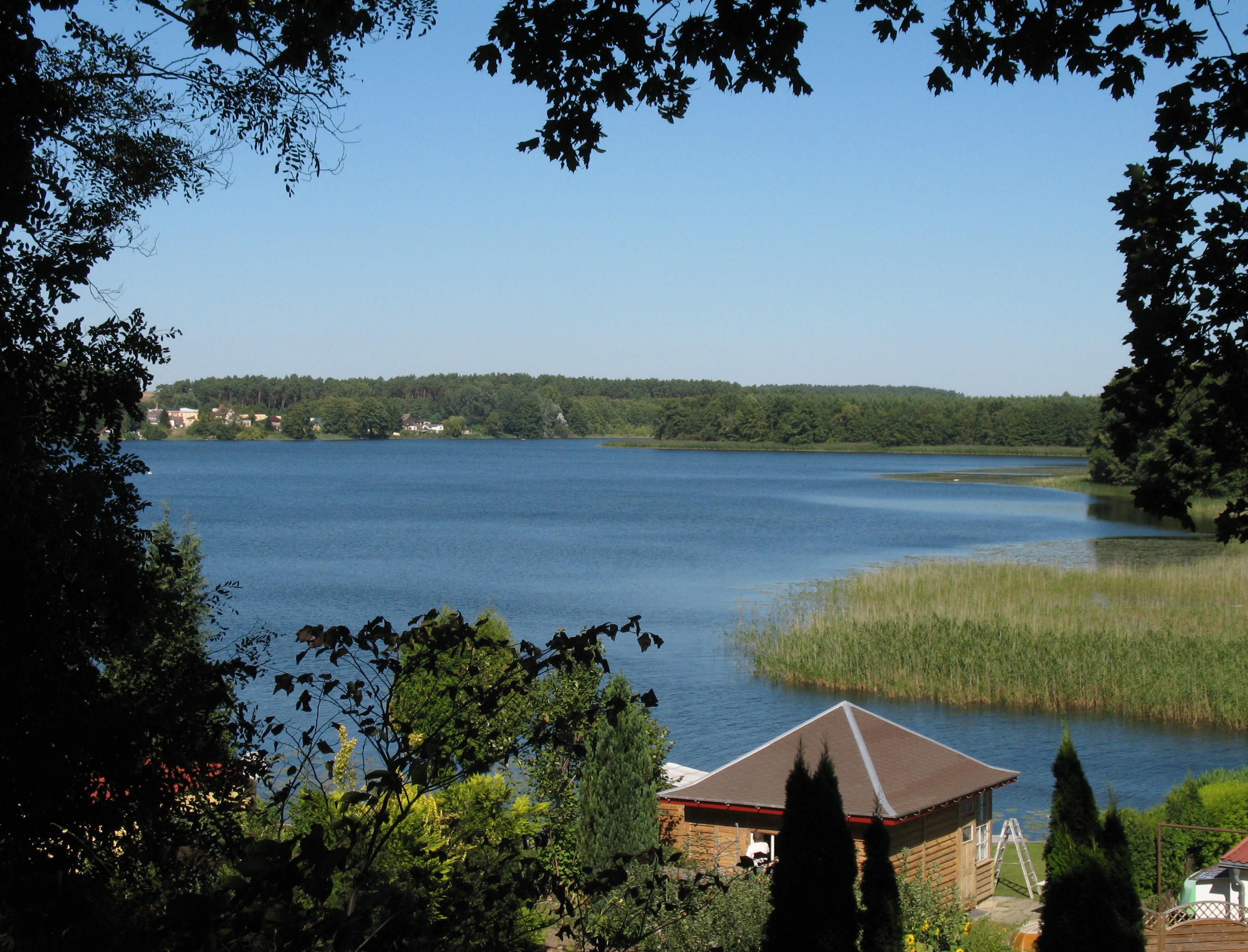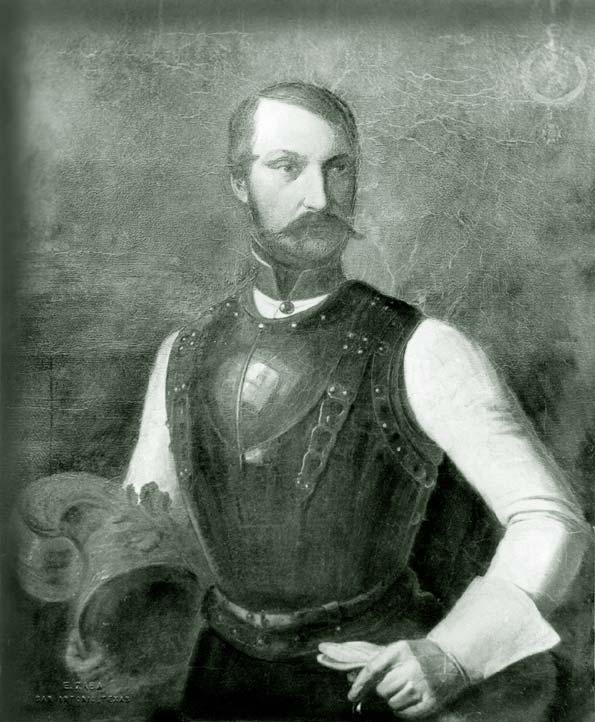|
Lychen
Lychen (), also known as ''Flößerstadt'' (raftsman city), is a town in the Uckermark district, in Brandenburg, Germany. It is situated southeast of Neustrelitz, and east of Fürstenberg/Havel. This is the town where the thumbtack was created. History Historically, timber rafting was one of the most important sectors of the economy. The timber was built into rafts and used for building projects, and was also used to transport other goods. Lychen has a timber rafting museum, and tourists can travel by raft on the lake. Flat-headed thumbtacks were invented in Lychen in 1903 by Johann Kirsten. His invention is celebrated in a memorial. At the beginning of the 20th century there were a number of small factories here manufacturing thumbtacks. The Hohenlychen Sanatorium used by the Schutzstaffel during World War II, is located in the town. Demography File:Bevölkerungsentwicklung Lychen.pdf, Development of population since 1875 within the current Boundaries (Blue Line: Popu ... [...More Info...] [...Related Items...] OR: [Wikipedia] [Google] [Baidu] |
Zenssee
Zenssee is a lake in Uckermark, Brandenburg, Germany. At an elevation of, its surface area is 1.1167 km². It is located in the town of Lychen. See also *Nesselpfuhl Nesselpfuhl is a lake in Uckermark, Brandenburg, Germany. Its surface area is 0.2140 km². It is located in the town of Lychen. See also *Oberpfuhl *Wurlsee *Zenssee Lakes of Brandenburg Uckermark (district) Woblitz basin, LNesselpfuhl ... * Oberpfuhl * Wurlsee Lakes of Brandenburg Uckermark (district) LZenssee {{Brandenburg-geo-stub ... [...More Info...] [...Related Items...] OR: [Wikipedia] [Google] [Baidu] |
Oberpfuhl
Oberpfuhl is a lake in Uckermark, Brandenburg, Germany. Its surface area is 0.6965 km². It is located in the town of Lychen. See also *Nesselpfuhl *Wurlsee *Zenssee Zenssee is a lake in Uckermark, Brandenburg, Germany. At an elevation of, its surface area is 1.1167 km². It is located in the town of Lychen. See also *Nesselpfuhl *Oberpfuhl *Wurlsee Wurlsee is a lake in Uckermark, Brandenburg, Germany. ... External links Lakes of Brandenburg Uckermark (district) LOberpfuhl {{Brandenburg-geo-stub ... [...More Info...] [...Related Items...] OR: [Wikipedia] [Google] [Baidu] |
Wurlsee
Wurlsee is a lake in Uckermark, Brandenburg, Germany. Its surface area is 1.6395 km². It is located in the town of Lychen. See also *Nesselpfuhl *Oberpfuhl *Zenssee Zenssee is a lake in Uckermark, Brandenburg, Germany. At an elevation of, its surface area is 1.1167 km². It is located in the town of Lychen. See also *Nesselpfuhl Nesselpfuhl is a lake in Uckermark, Brandenburg, Germany. Its surface area ... External links Lakes of Brandenburg Uckermark (district) LWurlsee {{Brandenburg-geo-stub ... [...More Info...] [...Related Items...] OR: [Wikipedia] [Google] [Baidu] |
Hohenlychen Sanatorium
The Hohenlychen Sanatorium was a complex of sanatoriums in Lychen, Uckermark district (a bit north of Berlin), Germany, that was in use from 1902 to 1945. The complex was originally built in 1902 to house tubercular children. By the 1930s the Hohenlychen Sanatorium had become one of the main medical facilities of the Schutzstaffel, where injured or convalescing SS-men were treated. Third Reich use Many preeminent SS doctors trained or were stationed at Hohenlychen, the most infamous being SS-Sturmbannführer Doctor Karl Gebhardt, who was sentenced to death for war crimes. In 1935, Gebhardt was appointed Medical Superintendent of Hohenlychen Sanatorium, which he changed from a sanatorium for tuberculosis patients into an orthopedic clinic. At Hohenlychen Sanatorium, Gebhardt started the first sports medicine clinic in Germany and developed sports programs for amputees and other disabled people. Gebhardt was also appointed to the Deutsche Hochschule für Leibesübungen (German Col ... [...More Info...] [...Related Items...] OR: [Wikipedia] [Google] [Baidu] |
Thumbtack
A drawing pin (in British English) or thumb tack (in North American English) is a short nail or pin used to fasten items to a wall or board for display and intended to be inserted by hand, usually using the thumb. A variety of names is used to refer to different designs intended for various purposes. Thumb tacks made of brass, tin or iron may be referred to as brass tacks, brass pins, tin tacks or iron tacks, respectively. These terms are particularly used in the idiomatic expression ''to come'' (or ''get'') ''down to brass'' (or otherwise) ''tacks'', meaning to consider basic facts of a situation. History The drawing pin was invented in name and first mass-produced in what is now the United States in the mid/late 1750s. It was first mentioned in the Oxford English Dictionary in 1759. It was said that the use of the newly invented drawing pin to attach notices to school house doors was making significant contribution to the whittling away of their gothic doors. Modern d ... [...More Info...] [...Related Items...] OR: [Wikipedia] [Google] [Baidu] |
Nesselpfuhl
Nesselpfuhl is a lake in Uckermark, Brandenburg, Germany. Its surface area is 0.2140 km². It is located in the town of Lychen. See also *Oberpfuhl *Wurlsee *Zenssee Lakes of Brandenburg Uckermark (district) Woblitz basin, LNesselpfuhl {{Brandenburg-geo-stub ... [...More Info...] [...Related Items...] OR: [Wikipedia] [Google] [Baidu] |
Fürstenberg/Havel
Fürstenberg () is a town in the Oberhavel district, Brandenburg, Germany. Until 1919, Fürstenberg was part of the former Grand Duchy of Mecklenburg-Strelitz Geography Fürstenberg is situated on the River Havel, south of Neustrelitz, and north of Berlin. The city lies at the southern edge of the Mecklenburg Lake District and is framed by the Röblinsee, Baalensee, and Schwedtsee lakes. The River Havel splits into several channels as it flows through the town, one of which contains a lock used by vessels navigating the river. The original town site was situated on an island between these channels. Districts of Fürstenberg Fürstenberg includes nine areas, named for former villages that are now mostly farmland or little more than a church: * Altthymen * Barsdorf * Blumenow * Bredereiche * Himmelpfort * Steinförde * Ravensbrück * Tornow * Zootzen Fürstenberg Palace North from the center of the city is Fürstenberg Palace, which was built between 1741 and 1752 ... [...More Info...] [...Related Items...] OR: [Wikipedia] [Google] [Baidu] |
Neustrelitz
Neustrelitz (; East Low German: ''Niegenstrelitz'') is a town in the Mecklenburgische Seenplatte district in the state of Mecklenburg-Vorpommern, Germany. It is situated on the shore of the Zierker See in the Mecklenburg Lake District. From 1738 until 1918 it was the capital of the Duchy of Mecklenburg-Strelitz. From 1994 until 2011 it was the capital of the district of Mecklenburg-Strelitz. The name ''Strelitz'' is derived from the Polabian word ''Strelci'', meaning "archers" or "shooters".The related Polish form '' Strzelce'' is still a common toponym in Poland. History The village of Strelitz was first mentioned in 1278. It grew to a small town in the following centuries. In the 17th century Strelitz was a part of the duchy of Mecklenburg-Güstrow, which ceased to exist after the death of the last duke in 1695. Afterwards the new Duchy of Mecklenburg-Strelitz was established (1701). This small duchy contained the present-day district and an exclave around Ratzeburg, whi ... [...More Info...] [...Related Items...] OR: [Wikipedia] [Google] [Baidu] |
Timber Rafting
Timber rafting is a method of transporting felled tree trunks by tying them together to make rafts, which are then drifted or pulled downriver, or across a lake or other body of water. It is arguably, after log driving, the second cheapest means of transporting felled timber. Both methods may be referred to as timber floating. Historical rafting Unlike log driving, which was a dangerous task of floating separate logs, floaters or raftsmen could enjoy relative comfort of navigation, with cabins built on rafts, steering by means of oars and possibility to make stops. On the other hand, rafting requires wider waterflows. Timber rafts were also used as a means of transportation of people and goods, both raw materials ( ore, fur, game) and man-made. Theophrastus (''Hist. Plant.'' 5.8.2) records how the Romans imported Corsican timber by way of a huge raft propelled by as many as fifty masts and sails. This practice used to be common in many parts of the world, especially ... [...More Info...] [...Related Items...] OR: [Wikipedia] [Google] [Baidu] |
Uckermark
The Uckermark () is a historical region in northeastern Germany, straddles the Uckermark District of Brandenburg and the Vorpommern-Greifswald District of Mecklenburg-Vorpommern. Its traditional capital is Prenzlau. Geography The region is named after the Uecker River, which is a tributary of the Oder; the name ''Uckermark'' means " March of the Uecker". The river's source is close to Angermünde, from where it runs northward to Mecklenburg-Vorpommern. The Oder River, forming the German- Polish border, bounds the region in the east. The western parts of the Lower Oder Valley National Park are located in the Uckermark. History Early history 200px, ''Pechberg'' Bronze Age Megalith tomb near Vossberg In the Ice Age, glaciers shaped the landscape of the region. A climate change left a hilly area with several lakes formed by the melting ice, and humans started to settle the area. Megalithic-cultures arose, followed by Germanic cultures. Ukrani, a Polabian tribe 2 ... [...More Info...] [...Related Items...] OR: [Wikipedia] [Google] [Baidu] |
Schutzstaffel
The ''Schutzstaffel'' (SS; also stylized as ''ᛋᛋ'' with Armanen runes; ; "Protection Squadron") was a major paramilitary organization under Adolf Hitler and the Nazi Party in Nazi Germany, and later throughout German-occupied Europe during World War II. It began with a small guard unit known as the ''Saal-Schutz'' ("Hall Security") made up of party volunteers to provide security for party meetings in Munich. In 1925, Heinrich Himmler joined the unit, which had by then been reformed and given its final name. Under his direction (1929–1945) it grew from a small paramilitary formation during the Weimar Republic to one of the most powerful organizations in Nazi Germany. From the time of the Nazi Party's rise to power until the regime's collapse in 1945, the SS was the foremost agency of security, surveillance, and terror within Germany and German-occupied Europe. The two main constituent groups were the ''Allgemeine SS'' (General SS) and '' Waffen-SS'' (Armed SS). Th ... [...More Info...] [...Related Items...] OR: [Wikipedia] [Google] [Baidu] |
Nazi Germany
Nazi Germany (lit. "National Socialist State"), ' (lit. "Nazi State") for short; also ' (lit. "National Socialist Germany") (officially known as the German Reich from 1933 until 1943, and the Greater German Reich from 1943 to 1945) was the German Reich, German state between 1933 and 1945, when Adolf Hitler and the Nazi Party controlled the country, transforming it into a dictatorship. Under Hitler's rule, Germany quickly became a totalitarian state where nearly all aspects of life were controlled by the government. The Third Reich, meaning "Third Realm" or "Third Empire", alluded to the Nazi claim that Nazi Germany was the successor to the earlier Holy Roman Empire (800–1806) and German Empire (1871–1918). The Third Reich, which Hitler and the Nazis referred to as the Thousand-Year Reich, ended in May 1945 after just 12 years when the Allies of World War II, Allies defeated Germany, End of World War II in Europe, ending World War II in Europe. On 30 January 1933, H ... [...More Info...] [...Related Items...] OR: [Wikipedia] [Google] [Baidu] |


.jpg)




